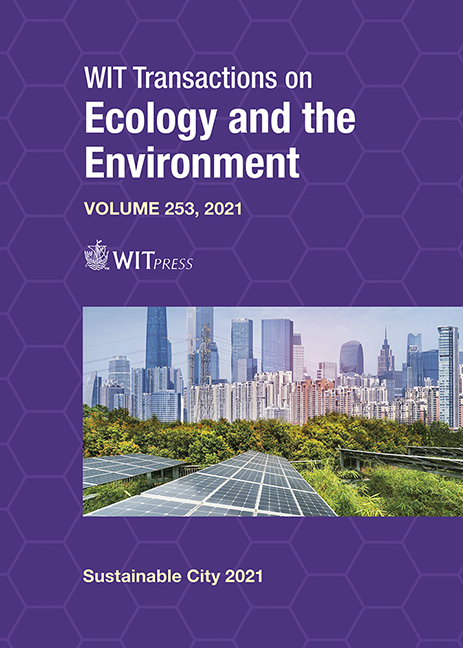CHALLENGES OF TURKISH HERITAGE IMPACT ASSESSMENT PRACTICES: CASE OF CANAL ISTANBUL, TURKEY
Price
Free (open access)
Transaction
Volume
253
Pages
12
Page Range
347 - 358
Published
2021
Size
1,119 kb
Paper DOI
10.2495/SC210291
Copyright
Author(s)
BURCU CAN CETIN, NURAN ZEREN GULERSOY
Abstract
Heritage impact assessment (HIA) which has been implemented internationally after the Vienna Memorandum aims to contribute to both development initiatives and conservation principles. However, Turkish impact assessment practices still display inactive relationships with cultural heritage although the country developed alongside prior global experiences. Istanbul pioneered planning interventions and large-scale urban regeneration in Turkey, which has been the country’s primary connection to global markets. Due to Istanbul’s reputation as an investment centre defined by the government, the balance between conservation and development has become shallow. While Turkey introduced legislative measures from European perspectives, the country began to drift apart in terms of the logic behind HIAs since 2005, when the urban regeneration era commenced. In this context, Istanbul Canal exemplifies the Turkish approach of HIA, at the intersection of conservation and development, grounded exclusively in Turkish legislation. Established on the Canal Istanbul Environmental Impact Assessment (EIA) practice, this study investigates the challenges encountered by Istanbul’s cultural heritage, due to the hierarchical structure of the planning system, the adoption of international conservation and management principles, and the EIA-HIA processes and procedures. It considers that the deep-seated problems within the Turkish conservation-planning structure can be attributed to the ineffective HIA, and the results could contribute to the improvement of impact assessment mechanisms.
Keywords
Canal Istanbul, Conservation, cultural heritage, heritage impact assessment





